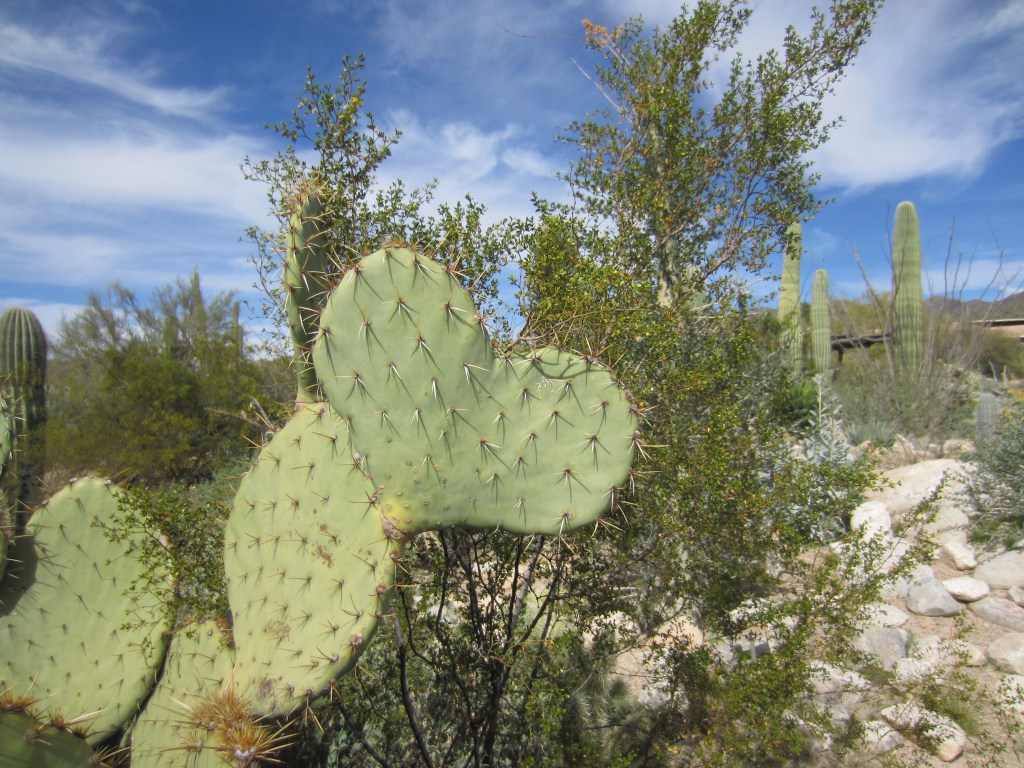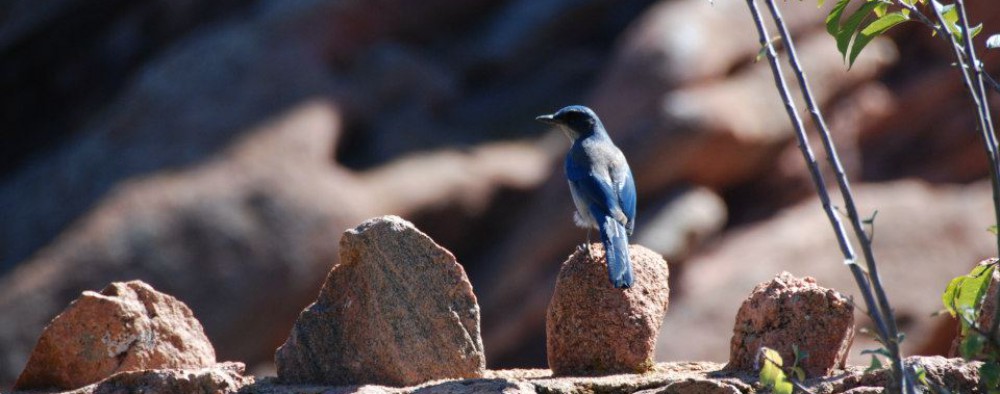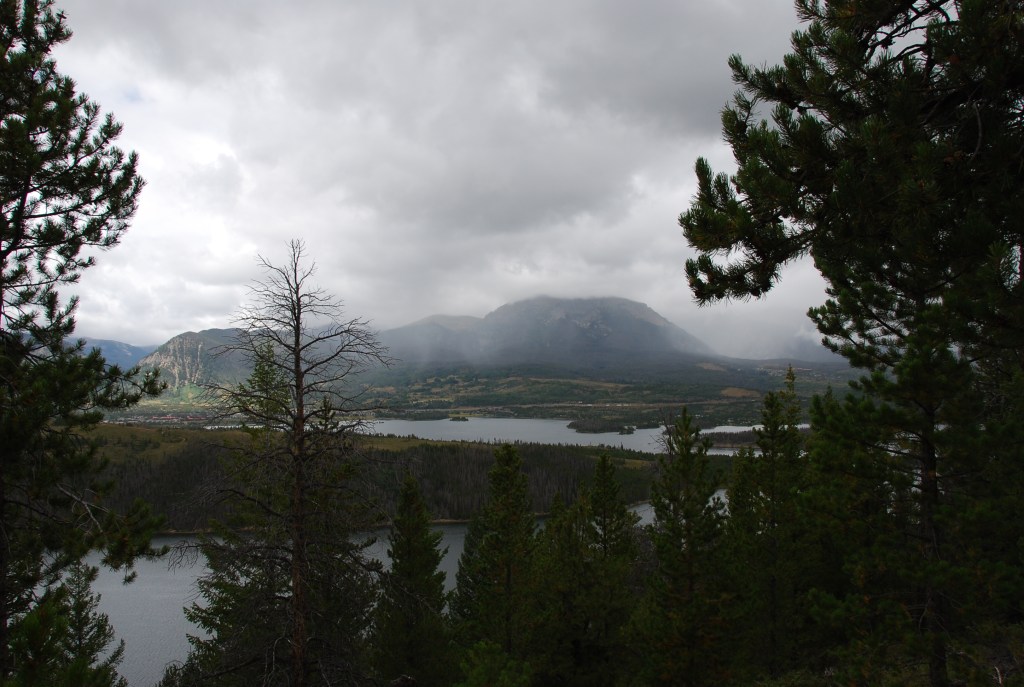
What does this question mean to you?
What comes to mind first?
Voice actors I admire post about vocal rest and nasal/sinus care regimens, hydration, and air purifiers. Of course this makes sense; they protect the source and tools of their livelihoods.
It comes up with my executive patients often. Of all of their habits in the 5 reciprocal domains of health (Sleep, Exercise, Nutrition, Stress management, and Relationships), which are the keystone practices that hold them up and make it possible for them to handle the myriad pressures and responsibilities they shoulder? Exercise often emerges as a primary method of protecting their mental health as much as physical, so they may continue to withstand the demands of a work culture that actively threatens their health and well-being.
After some particularly insightful exchanges with patients and friends this week, I asked myself the question. What do I need to protect? With the next heartbeat, the answer was my empathy. Fascinating! This also makes sense–as a primary care doctor, I function best when I am fully present and attuned to the person in front of me, listening to their stories and concerns, doing my best to understand their subjective perceptions and experiences. Without empathy, I am both less effective and less fulfilled, both in my work and outside of it.
So what are my keystone habits, and how does protecting and strengthening them affect my ability to attune and empathize?
Sleep: This one is easy; I am a very good sleeper. It’s even easier now that I have decreased my weekly caffeine use by about 85%, thanks to 116 days of a new morning routine. I’m even getting close to seven hours of sleep a night now, much better than before (no more 1:00am blog posts!). I don’t think this directly elevates my empathy, but it definitely improves my mood and mental resilience.
Exercise: I have now maintained a regular and challenging exercise program for 10 years, well documented among the 600+ posts here. Strength, core, and cardio training make me more knowledgeable advising patients on their programs, and earns me credibility. I can empathize with the multiple adverse consequences of injury and the emerging limitations of aging bodies, and advise as both physician and fellow athlete.
Nutrition: This is definitely my achilles heel, my most vulnerable health domain. But maybe this makes me uber-empathetic to my patient’s struggles? Because is there anything our society shames and judges more than how we eat, while simultaneously surrounding us with the least healthy food options in gargantuan portions? We struggle together, my patients and I.
Stress management: Today I can confidently say that I lead by example in this domain, thanks to so many teachers, role models, and books. I can engage in almost any conversation with calm confidence, even when conflict is high. I can tolerate adversity and the attendant difficult emotions with far less agitation than even a few years ago. I recover quickly now. Even when a patient screams profanities at me, I can maintain both my composure and my empathy for their distraught state of mind. And then I can respectfully and diplomatically discharge them from my practice.
Relationships: I have said for a while now that the four domains above serve this one. Self-care habits indicate our relationship with self. How we care for and nuture ourselves influences how we show up to the people in our lives, both personally and professionally, and in public. Our behaviors in all of these realms also indirectly impact relationships between other people in our sphere of influence, know it, like it, want it or not. Without question, it is my relationship practices, internally and externally, that most uphold my empathy.
Quality time and contact in deep connection with my people are absolutely what hold me up, so that I might hold up others. It’s the best self-sustaining cycle, really. I have felt so joyful, so euphoric, so absolutely uplifted for so long but the past year in particular, because I attend to my relationships with intention and dedication. I schedule time to write, call, meet, share, and commune. Every encounter is meaningful and nourishes me, body, mind, spirit, and soul. Even meeting someone for the first time, I can bypass meaningless small talk and easily engage in conversation that connects. Who knows what I might discover about anything just by talking to someone, anyone? With this confidence, every stranger has the potential to be my next good friend, and it makes me practically giddy. As I moved from narrator to narrator at Readers Take Denver, I’m still floored at how effortlessly each conversation, even if brief, dropped into heartfelt resonance and mutual uplift. I will forever remember that day and that event as a shining example of the immense possibility of human connection.
My relationships feed my empathy, compassion, presence, openness, curiosity, and learning, and these practices then strengthen all of my relationships, new and old alike. It is the most rewarding postive feedback loop. I take pride in my emotional presence and observational and psychological synthesis capacities in clinical encounters. My friends also admire these skills that I exhibit, and I hope I model them for the kids. The world needs our best relationship skills now more than ever.
So the important question is not only what do you protect, but why?
What are our functional layers of protection, and what do they serve? In the end, how does it all align with our core values and life purpose? What good does it all do? What contribution does it help us make?
What we protect and why indicate what matters most to us, no?
Of course this could all be one giant rationalization on my part. It’s a very new question to me, and I will ponder it further. Thank you for pondering with me.
What else does it bring up, and where will the next questions take you?



